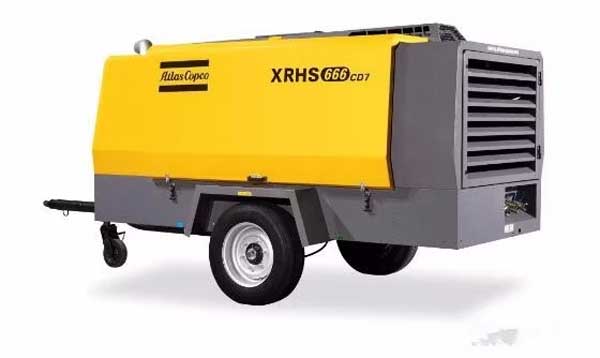Compressed Air and Its Technological Capabilities
The Versatile World of Compressed Air
Compressed air has become an essential tool in countless industries. From powering pneumatic tools in manufacturing to ensuring optimal functionality in medical equipment and transportation systems, compressed air is valued for its efficiency, reliability, and flexibility. The process of compressing air involves reducing its volume through mechanical means, increasing its pressure and storing it for further use. This enables a wide range of industrial and commercial applications where traditional mechanical or electrical energy might be less practical or more costly.
Modern advancements in compressed air technologies have elevated system performance to new heights. Innovative solutions now offer greater energy efficiency, lower noise levels, and improved air purity. The German company https://www.ebner-druckluft.de/ specializes in providing cutting-edge compressed air systems tailored to a broad range of operational needs. Their offerings include compressors, air dryers, filters, and control systems, each designed to ensure smooth and safe production processes while minimizing energy consumption.
Key Types and Functions of Compressed Air Equipment
There are several core categories of compressed air equipment used across industries. Reciprocating compressors are typically employed in smaller, intermittent-use applications, while rotary screw compressors are favored for continuous-duty use in factories. Scroll compressors, known for quiet operation and low vibration, are often used in medical and laboratory environments. In addition to compressors, systems often include air receivers (tanks for storage), filters (for removing contaminants), and dryers (to eliminate moisture).

The applications of compressed air extend beyond simple air tools. They play a vital role in food and beverage processing, packaging, automation, pharmaceutical production, electronics manufacturing, and even in energy systems for controlling valves and actuators. The technology allows companies to streamline production while reducing waste and increasing precision. Regular maintenance and proper component selection are key factors in maintaining efficiency and safety.
Common Compressed Air Equipment Overview
| Type | Application | Key Advantage |
|---|---|---|
| Rotary Screw Compressor | Industrial production lines | Continuous operation, durability |
| Scroll Compressor | Laboratories, healthcare facilities | Low noise, high air purity |
| Air Dryer | All compressed air systems | Removes moisture, prevents corrosion |
Sustainable and Efficient Use of Compressed Air
Sustainability has become a major focus in the world of compressed air. Energy-efficient models with variable speed drives, heat recovery systems, and leak detection features help reduce operational costs and environmental impact. Proper air management using intelligent monitoring systems can further enhance energy savings and ensure reliability.
For businesses aiming to implement or upgrade their compressed air solutions, it is crucial to assess their specific operational requirements. This includes determining the needed pressure levels, flow rates, and quality of air. Custom-tailored systems—such as those developed by Ebner Druckluft—ensure that companies receive the most appropriate and effective technology, boosting productivity while aligning with sustainability goals.
Compressed air technology is not just a utility—it’s a strategic asset that, when used correctly, delivers long-term value across multiple sectors.







